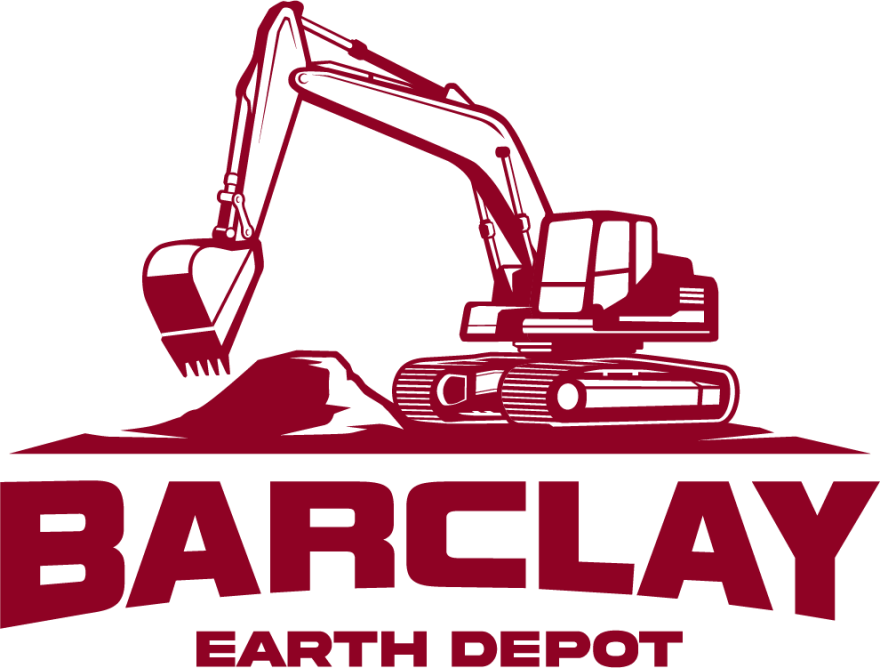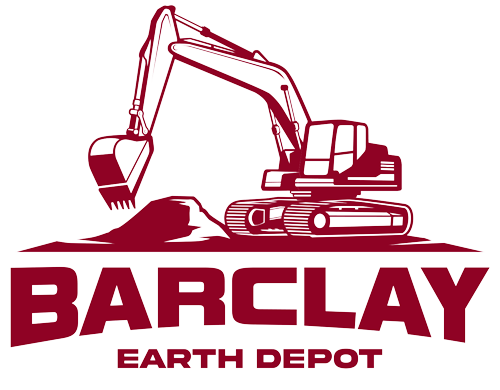 Essential Takeaways
Essential Takeaways
- Charlotte County requires grade and fill permits for projects that need to use fill dirt in Punta Gorda, FL, including site plans, elevation details, and property owner authorization.
- Fill dirt must meet 95% compaction standards verified by certified testing labs to prevent settlement and structural problems.
- Flood zone properties need proper elevation planning, and major renovations may trigger additional compliance requirements.
- Environmental permits are required when fill dirt work affects wetlands or surface waters.
- Projects disturbing one acre or more need NPDES permits and erosion control plans.
If you’ll be using fill dirt for projects in Punta Gorda, FL, knowing Charlotte County’s permit requirements is paramount. It will prevent you from being fined, experiencing delays, or having work come to a halt. The grade and fill permit process protects your property, your neighbors, and local environmental resources.
When submitting your permit application, you’ll need to provide a site plan showing elevations, existing buildings, and drainage details. You’ll also need to include the specific amount of fill dirt you’re using in cubic yards. And you’ll need a notarized letter from the property owner authorizing the work. The county also wants your project start date and timeline up front so that they can plan for inspections.
Meeting Compaction Standards
Projects using fill dirt in Punta Gorda, FL, come with a variety of requirements. For example, Charlotte County has specific compaction rules intended to prevent settlement and structural problems. Thus, your fill needs to reach at least 95% Modified Proctor Density, meaning it’s compacted to 95% of the maximum density possible under lab conditions.
To this end, you will need to hire a certified testing lab to check compaction at regular intervals during placement. These tests prove your project meets standards and protects your development from future settlement that could damage buildings or infrastructure.
The county also requires an erosion control plan before you start work. This shows how you will keep sediment on your property during construction, which is especially important during Florida’s heavy rains. When you finish, an as-built survey confirms that your completed work matches your approved plans, allowing the county to close your permit.
Working in Flood Zones
Punta Gorda is on the coast, so flood regulations will affect your project and how you use fill dirt. For example, if you’re in a Special Flood Hazard Area, you have to raise the lowest floor of habitable structures so it’s at the same level or above the Base Flood Elevation. And this will affect how much fill dirt you need and how you place it.
The Substantial Improvement Rule matters for renovations, too. If you make repairs or improvements that exceed 50% of the building’s value, the entire structure must comply with current flood codes, even if the building predates those rules. And that might require quite a lot of fill dirt, particularly if you have to raise the whole structure.
Floodways and High-Grade Sites
 Working with fill dirt in floodways requires extra documentation. If you’re placing fill in a designated floodway, you need a No-Rise Certificate or No-Impact Certification from a Florida-licensed engineer to prove your fill won’t increase flood levels or push water onto neighboring properties.
Working with fill dirt in floodways requires extra documentation. If you’re placing fill in a designated floodway, you need a No-Rise Certificate or No-Impact Certification from a Florida-licensed engineer to prove your fill won’t increase flood levels or push water onto neighboring properties.
If your final grade will be more than 12 inches above the natural grade of the site, you will need to apply for a “Raising Lot Elevation” earthmoving permit. Among other things, this shows how water flows across your elevated site without creating problems for neighbors.
Environmental Permits You Will Need
The Southwest Florida Water Management District (SWFWMD) issues Environmental Resource Permits for projects that affect wetlands or surface waters. When your fill dirt project in Punta Gorda, FL, impacts these areas, SWFWMD checks whether it will cause flooding, water quality issues, wildlife problems, or affect water flows.
Wetland impacts require compensation. You can preserve, restore, enhance, or create wetlands on your property or at approved off-site locations. Some developers buy credits from mitigation banks instead. Charlotte County will not issue your permits until you have the required Environmental Resource Permits from SWFWMD and other needed state or federal wetland permits.
Larger projects disturbing one acre or more need a Notice of Intent under the National Pollutant Discharge Elimination System (NPDES). This federal program regulates stormwater discharges to protect water quality. You’ll need a Stormwater Pollution Prevention Plan, certified by a Professional Engineer, that shows how you’ll prevent pollutant discharge during construction.
Erosion Control Requirements
All land-disturbing work in Charlotte County must keep sediment within your property. Even projects under one acre need erosion controls, though smaller projects have less strict approval requirements.
Your erosion control plan covers construction phasing, vegetative buffers, slope grading, and other practices that reduce erosion. Before starting, you’ll mark undisturbed areas with flags, stakes, signs, or silt fence. Exposed soil within 200 lineal feet of surface water needs temporary protection or permanent cover to prevent sediment from entering waterways.
Hurricane Season Planning
Punta Gorda sits in Hurricane Alley, so storm prep is essential for fill-dirt projects. Smart fill placement protects your site through proper elevation and drainage management.
During construction, temporary berms and ditches made with fill dirt control water flow during heavy tropical rains. Building access roads first with elevated fill keeps your site reachable during wet weather. Raised storage areas protect equipment and materials from water damage.
If your project runs into hurricane season (June through November), you need strong erosion controls to protect work in progress. Many developers finish the main fill placement and site stabilization before hurricane season starts to reduce risk and weather delays.
Choosing Licensed Contractors
 Charlotte County requires most fill dirt work to be performed by, or supervised by, licensed contractors. These pros know the technical requirements, proper techniques, and compliance rules that protect your investment.
Charlotte County requires most fill dirt work to be performed by, or supervised by, licensed contractors. These pros know the technical requirements, proper techniques, and compliance rules that protect your investment.
Pick contractors with real experience in fill dirt placement and grading. Established contractors also have relationships with good suppliers, helping you get quality materials that work with regional soil conditions and meet project specs.
Turn to Barclay Earth Depot for Your Fill Dirt Needs
Getting through Punta Gorda’s fill dirt regulations means knowing permit requirements, meeting technical standards, and working with multiple agencies. Professional aggregate suppliers who understand these requirements help your project run smoothly from start to finish.
Barclay Earth Depot serves the Florida region with high-quality materials and 80 years of combined excavation experience, giving you the expertise you need for compliance and project success. Contact us today at (941) WE-DIG-IT or online to discuss your fill dirt requirements and receive guidance from professionals familiar with Punta Gorda and Charlotte County’s regulations.

